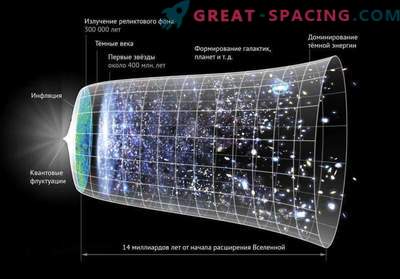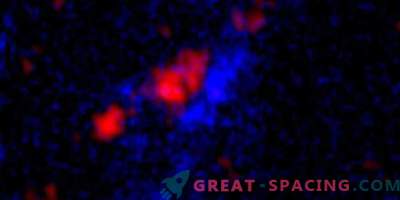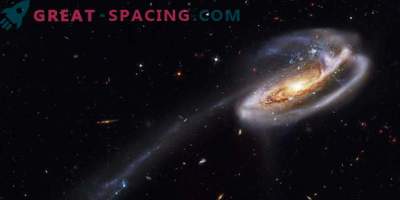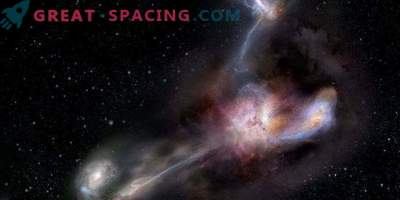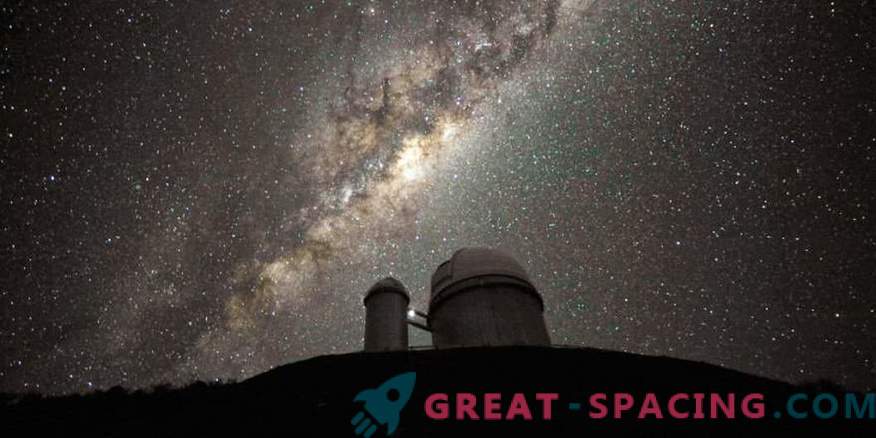
Scientists from Northwestern University have found that, contrary to conventional theories, approximately half of the substance of our galaxy can come from distant neighbors. As a result, each of us is able to carry a piece of extragalactic matter.
Using a supercomputer simulation, researchers discovered an unexpected method for galaxies to acquire matter — intergalactic transmission. That is, the explosions from supernovae push a huge amount of gas from the galaxy, which is why atoms are transported to other galaxies in the galactic wind.
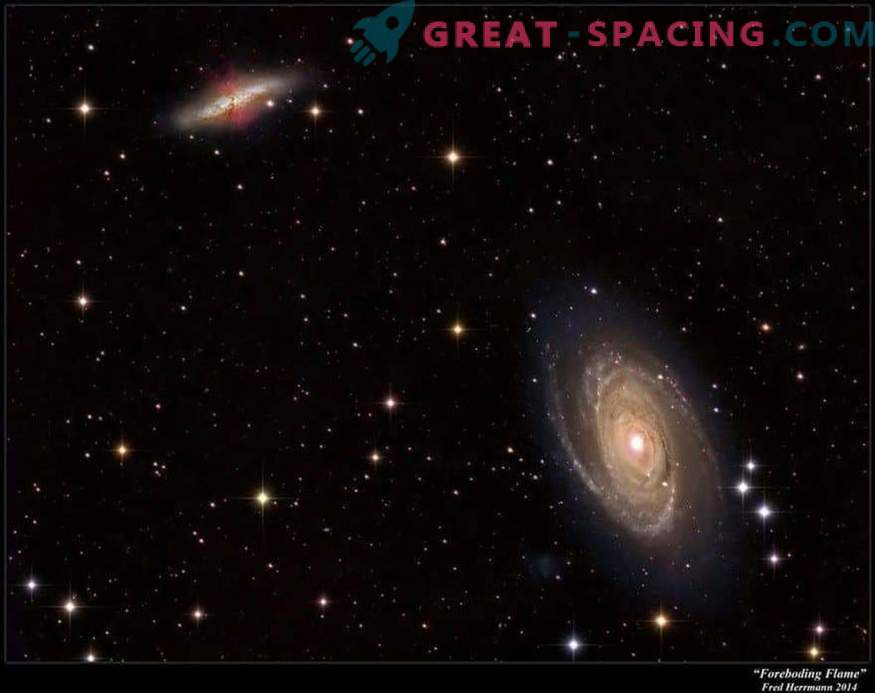
A pair of approximate galaxies with possible intergalactic transport: M81 (lower right) and M82 (upper left). Emitted by the explosions of supernova M82 gas can pass through space and add volumes of M81
If the theory is correct, then we can be considered as intergalactic travelers or extragalactic immigrants. Most likely, most of our galaxy was once in the composition of others. Galaxies are separated by huge spaces, so despite the wind speed of several hundred km / s, billions of years are spent on the process. Numerous three-dimensional models that track the process from the moment of the Big Bang to today have helped to see the picture.
This study may change our understanding of the whole process of galactic formation. Tracing the movement of the streams, the scientists noticed that the gas flows from smaller galaxies into large ones. Transferred volume can reach 50%.
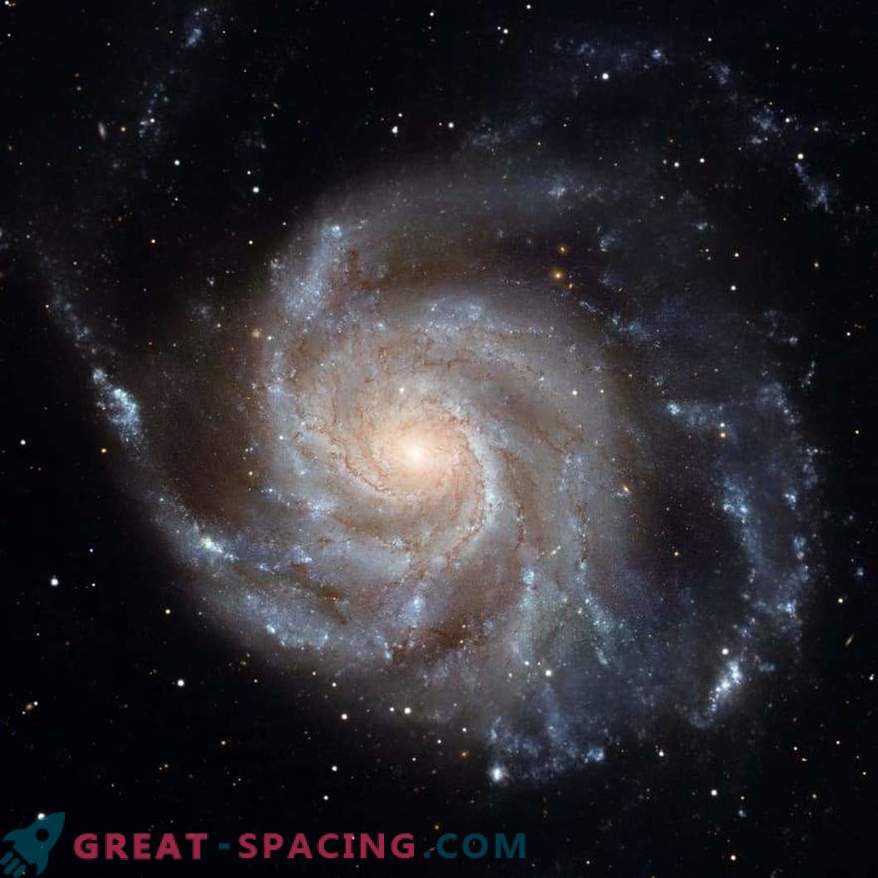
A galaxy resembling ours (M101). This is a pancake-shaped spiral type observed by the face.
Moreover, the simulations allow us to analyze the stars in galaxies and understand whether they originated from “local” matter or act in part as aliens.
Within the galaxy, stars are connected by a common center of mass. After the Big Bang, space was filled with homogeneous gas stars, devoid of galaxies. But there were perturbations in the gas, which with the development formed large associations.


